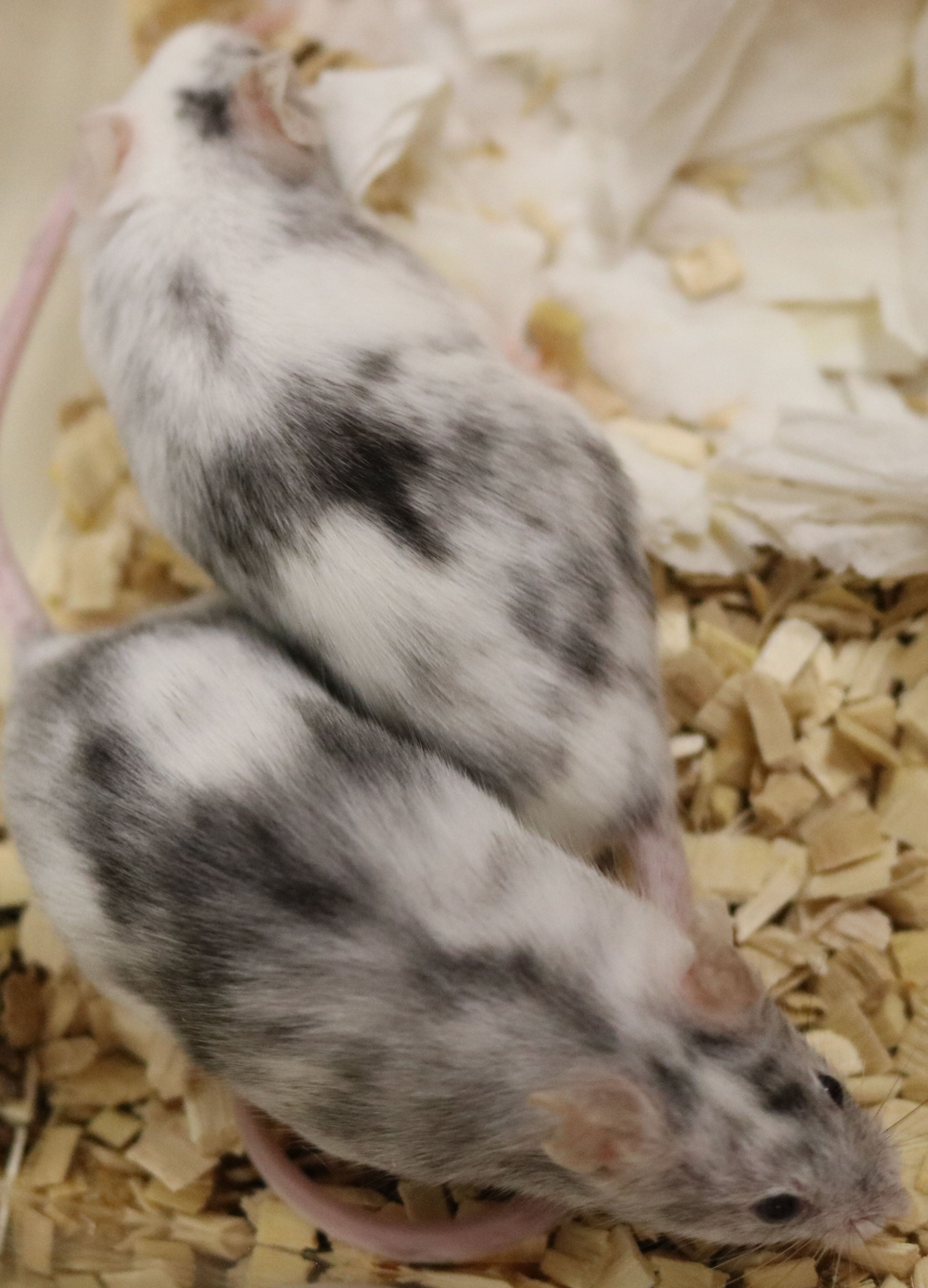Researchers use gene editing to create single-sex mice litters
The technology could be used to improve animal welfare in scientific research and also agriculture, scientists suggest.

Your support helps us to tell the story
From reproductive rights to climate change to Big Tech, The Independent is on the ground when the story is developing. Whether it's investigating the financials of Elon Musk's pro-Trump PAC or producing our latest documentary, 'The A Word', which shines a light on the American women fighting for reproductive rights, we know how important it is to parse out the facts from the messaging.
At such a critical moment in US history, we need reporters on the ground. Your donation allows us to keep sending journalists to speak to both sides of the story.
The Independent is trusted by Americans across the entire political spectrum. And unlike many other quality news outlets, we choose not to lock Americans out of our reporting and analysis with paywalls. We believe quality journalism should be available to everyone, paid for by those who can afford it.
Your support makes all the difference.Scientists have used gene-editing technology to create female-only and male-only mice litters with 100% efficiency.
The technology could be used to improve animal welfare in scientific research and also agriculture.
Scientific research can often require either male or female animals, like laboratory research into reproduction
In farming, only female animals are required for egg production and in dairy herds, meaning it is common practice for animals of the unrequired sex to be culled after birth.
The method demonstrated in the new study uses a two-part genetic system to inactivate embryos shortly after fertilisation, allowing only the desired sex to develop.
According to the researchers, such a genetically based method to control the sex of offspring could drastically reduce culling in both industries.
This work could have immediate and valuable impact in scientific laboratories
The embryo selection is based on the fact there are two elements of CRISPR-Cas9: the Cas9 enzyme that cuts the DNA allowing scientists to alter specific regions, and the guide RNA which carries the Cas9 to the right location on the genome.
One element of the system was placed on the father’s X or Y chromosome, meaning it would only be inherited by female or male embryos respectively.
The other element is contributed by the mother and is inherited by all embryos.
A specific gene, which is essential to DNA replication and repair, was targeted.
When an embryo was formed from a sperm and an egg, each containing one half of CRISPR-Cas9, the gene editing was triggered in the embryo and it was not able to develop beyond a very early stage of around 16 to 32 cells.
Using this method the Francis Crick Institute and University of Kent researchers were able to control the sex of a litter with 100% effect.
To produce a male-only litter, the researchers edited the father’s X chromosome, meaning only females inherited the deleterious mutation, and for a female-only litter, they edited the Y chromosome.
The method did not lead to a 50% decrease in the number of offspring produced – the litter sizes were between 61% and 72% of control litters.
The researchers suggest this is because animals such as mice produce more eggs than required during each ovarian cycle, allowing for a proportion to be lost during early development without reducing litter size.
This suggests that in situations where one sex is needed, fewer breeding animals will be required to produce the same number of the desired offspring.
As the offspring that survive only contain half of the CRISPR-Cas9 elements within their genome, this acts as a control preventing the sex selection being passed down to further generations.
Charlotte Douglas, first author and former PhD student and postdoctoral scientist at the Crick, said: “This method works as we split the genome-editing process in half, between a male and female, and it is only when the two halves meet in an embryo through breeding that it is activated.
“Embryos with both halves cannot develop beyond very early cell stages.
“We’ve also shown this process works successfully in different combinations – introducing either the Cas9 or the guide RNA elements on to the mother’s or father’s chromosomes.”
James Turner, author and group leader of the Sex Chromosome Biology Laboratory at the Crick, said: “This work could have immediate and valuable impact in scientific laboratories, as we’ve shown how it is safe and effective in mice, a common mammal used in medical and scientific research.
“While a lot of research needs both sexes, there are areas of study where only one is needed.
“For example, when studying the reproductive system, sex-specific diseases or certain hormones.”
The researchers suggest the findings may be applicable to other animals, further research is needed, and should be considered at ethical and regulatory levels.
The study is published in Nature Communications.